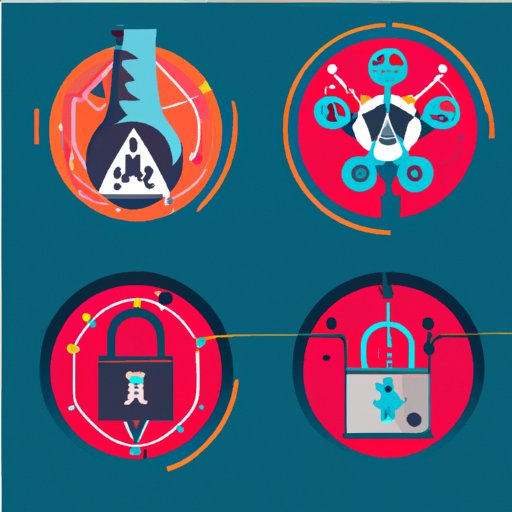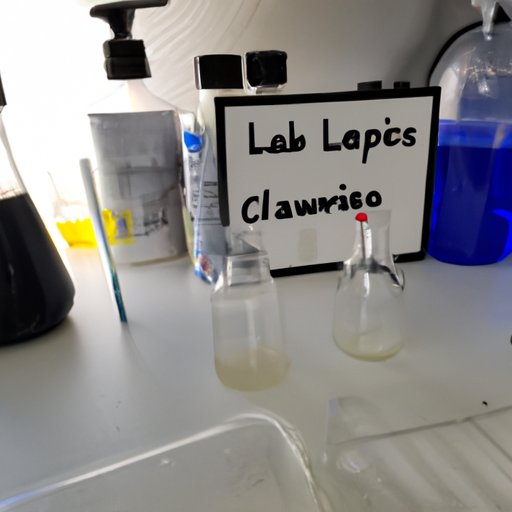Introduction
Cybersecurity is the practice of protecting networks, systems, and data from malicious attacks. The need for robust cybersecurity measures has grown exponentially in recent years as more organizations move their operations online. Having a secure lab environment is essential for testing new security technologies and ensuring that your organization is adequately protected from cyber threats.

Different Types of Cybersecurity Labs and Their Uses
There are several different types of cybersecurity labs, each with its own particular use. Network security labs are used to test the security of a network, such as firewalls, intrusion detection systems, and other network components. Application security labs are used to test the security of applications, such as web-based applications or mobile apps. Data security labs are used to protect data from unauthorized access and ensure the confidentiality, integrity, and availability of data.
Hardware and Software Necessary for Setting Up a Lab
Setting up a secure lab requires both hardware and software. The hardware you will need includes routers, switches, and servers. You will also need computers to run security tools and simulations. For software, you will need an operating system, such as Linux or Windows, as well as antivirus and antimalware programs. You may also need additional security tools, such as intrusion detection systems, firewalls, and virtual private networks (VPNs).

Benefits of Having a Cybersecurity Lab
Having a secure lab environment provides several benefits. First, it can help improve your security posture by allowing you to test out new security technologies and identify vulnerabilities before they become an issue. Second, it can increase efficiency by providing a safe space to develop, test, and deploy new security measures. Finally, it can help ensure your organization is compliant with applicable regulations and standards.
Tips on How to Securely Connect Your Lab to the Internet
To ensure your lab is securely connected to the internet, it is important to use secure protocols, such as HTTPS and SSH. Firewalls and other security measures should also be deployed to protect against external threats. Additionally, it is important to monitor network traffic to detect suspicious activity. It is also important to regularly patch and update all software to ensure there are no security vulnerabilities.

Best Practices for Maintaining Your Lab
Maintaining a secure lab environment requires regular maintenance. Periodic security scans should be conducted to identify any potential vulnerabilities. Regular vulnerability assessments should also be carried out to identify any weaknesses in the system. Additionally, you should have a backup and recovery plan in place in case of unforeseen events.
Guidance on Choosing the Right Security Solutions for Your Lab
When selecting the right security solutions for your lab, it is important to consider your specific needs. Evaluate the features of various solutions to determine which ones best meet your requirements. Understand the cost implications of each option and make sure the solution is within your budget. Lastly, ensure the solution is compatible with the hardware and software in your lab.
Conclusion
Having a secure lab environment is essential for any organization looking to protect itself from cyber threats. Setting up a cybersecurity lab requires both hardware and software, and comes with numerous benefits, such as improved security posture, increased efficiency, and improved compliance. To ensure your lab is securely connected to the internet, use secure protocols, deploy firewalls, and monitor network traffic. Lastly, maintain your lab with periodic security scans, regular vulnerability assessments, and a backup and recovery plan. For further reading, check out the resources listed below.
(Note: Is this article not meeting your expectations? Do you have knowledge or insights to share? Unlock new opportunities and expand your reach by joining our authors team. Click Registration to join us and share your expertise with our readers.)
